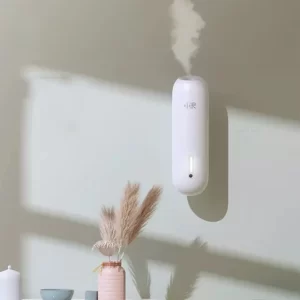Which is suitable for a dusty room: a humidifier or an air purifier?
Introduction
Living in a dusty environment can pose challenges for maintaining clean indoor air quality and optimal respiratory health. To address this issue effectively, it is crucial to choose the right appliance that targets dust particles and creates a healthier living space. In this comprehensive guide, we will explore the suitability of both humidifiers and air purifiers in dusty environments. By examining their functionalities, benefits, and limitations, we aim to help you make an informed decision on which appliance is better suited to combat dust and improve air quality in your specific environment.
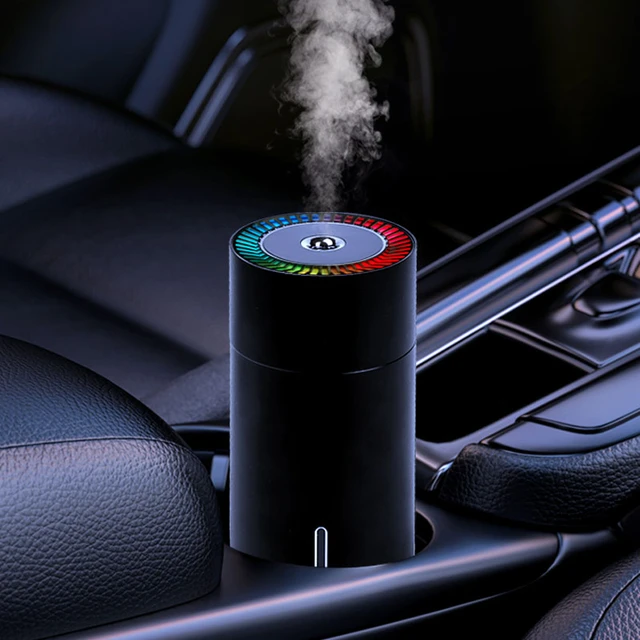
Which is suitable for a dusty room: a humidifier or an air purifier?
I. Understanding Dust and its Impact
-
Characteristics of Dust:
- Dust primarily consists of tiny particles that originate from various sources such as pollen, pet dander, skin cells, fibers, and dirt. These particles can be visible or invisible, and their accumulation can cause respiratory discomfort and affect indoor air quality.
-
Effects of Dust:
- Inhaling dust particles can trigger allergic reactions, worsen existing respiratory conditions, and contribute to poor indoor air quality. By addressing dust-related concerns, you can create a healthier and more comfortable living environment.
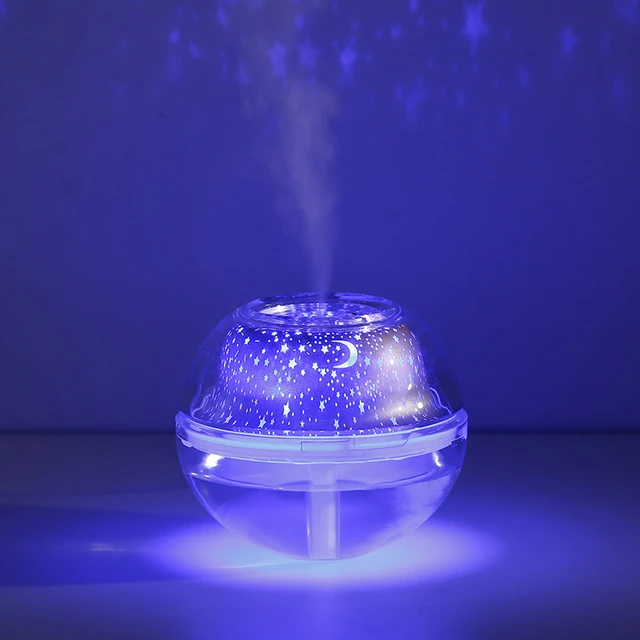
II. Humidifiers: Dust Control and Moisture Balance
-
How Humidifiers Work:
- Humidifiers add moisture to dry indoor air, helping to maintain optimal humidity levels. They achieve this by dispersing water vapor into the air via evaporation, ultrasonic vibrations, or heated mist.
-
Dust Control Mechanisms:
- While humidifiers are not designed explicitly for dust removal, they indirectly address dust issues by increasing moisture levels. Moist air reduces the likelihood of dust particles becoming airborne, causing them to settle more quickly on surfaces.
-
Benefits of Humidifiers in Dusty Environments:
- Humidifiers can help alleviate symptoms associated with dry air, such as dry throat, itchy skin, and irritated nasal passages. By reducing these discomforts, humidifiers can indirectly improve indoor air quality in dusty environments.
-
Limitations of Humidifiers:
- It is essential to note that humidifiers do not directly remove dust particles from the air. They primarily focus on increasing moisture levels to reduce dust circulation. Therefore, a humidifier alone may not sufficiently address severe dust issues or provide comprehensive air purification.
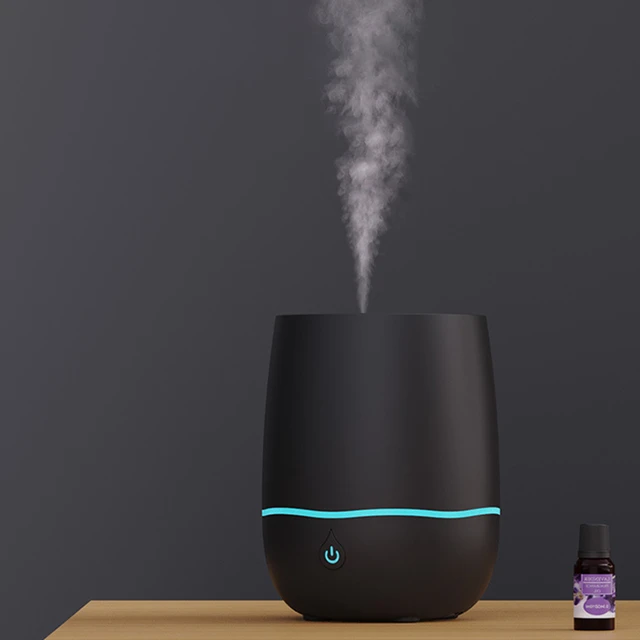
III. Air Purifiers: Dust Filtration and Elimination
-
How Air Purifiers Work:
- Air purifiers are designed to capture, filter, and eliminate airborne contaminants, including dust particles. They use filters and various technologies to purify the air, preventing dust from circulating and settling.
-
Dust Filtration Mechanisms:
- Air purifiers employ different filters, such as mechanical filters (HEPA filters), electrostatic filters, activated carbon filters, or a combination of these. These filters capture and trap dust particles of various sizes, preventing them from circulating in the air.
-
Benefits of Air Purifiers in Dusty Environments:
- Air purifiers can significantly reduce the number of airborne dust particles, improving indoor air quality. They target dust at its source, preventing it from settling on surfaces and reducing the potential for respiratory discomfort.
-
Limitations of Air Purifiers:
- Air purifiers are designed specifically for airborne particle removal and may not address other dust-related concerns, such as settled dust on surfaces. They primarily focus on purifying the air rather than increasing moisture levels.
IV. Factors to Consider in Dusty Environments
-
Dust Concentration and Severity:
- Assess the severity of the dust issue in your environment. If dust levels are consistently high and settling on surfaces, an air purifier might be more suitable for comprehensive dust removal. However, if the primary concern is reducing airborne dust, a humidifier can indirectly mitigate the effects.
-
Desired Indoor Humidity Levels:
- Consider the desired humidity levels for your environment. If the air is already adequately moist, using a humidifier may not be necessary. In this case, an air purifier can directly address dust issues without affecting humidity levels.
-
Coexisting Air Quality Concerns:
- Determine if other air quality issues, such as allergens, pet dander, or chemical pollutants, are present in your environment. Air purifiers are better equipped to handle multiple air quality concerns simultaneously, whereas humidifiers primarily focus on moisture control.
-
Allergies and Respiratory Sensitivities:
- If you or your household members have allergies or respiratory sensitivities triggered by dust particles, an air purifier with a HEPA filter can provide effective relief by capturing and eliminating these allergens from the air.
V. Complementary Use for Optimal Results
-
Combined Benefits:
- In some environments, using both a humidifier and an air purifier in conjunction might provide optimal results. The humidifier helps manage moisture levels and indirectly reduces dust circulation, while the air purifier actively filters the air to remove airborne dust particles.
-
Humidifier and Air Purifier Placement:
- Position the appliances strategically within the space to maximize their effectiveness. Place the humidifier in a central location to evenly distribute moisture, while positioning the air purifier in proximity to the primary source of dust or in areas where people spend most of their time.
-
Regular Cleaning and Maintenance:
- Both humidifiers and air purifiers require regular cleaning and filter replacements to maintain their optimal performance. Follow the manufacturer’s instructions for cleaning and maintenance to ensure their effectiveness in combating dust and improving indoor air quality.
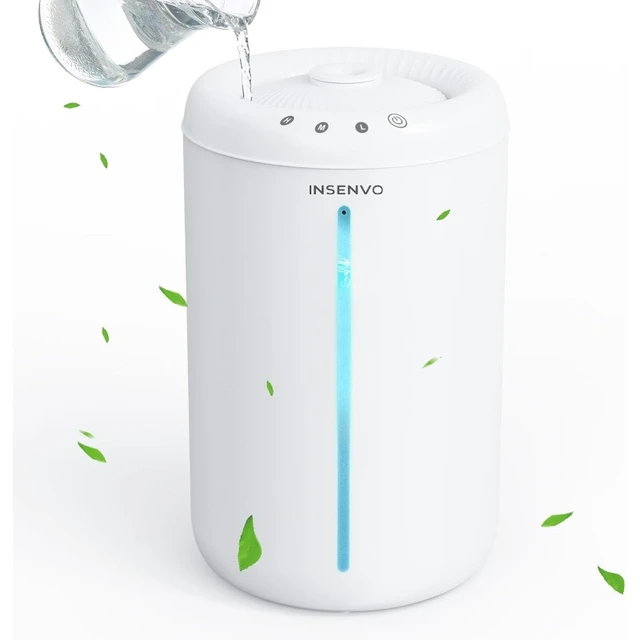
VII. Cost Considerations
-
Initial Cost:
- When comparing humidifiers and air purifiers, consider their initial cost. Humidifiers typically have a lower upfront cost compared to air purifiers, which may have additional features and filtration technologies that contribute to their higher price.
-
Operational Costs:
- Assess the long-term operational costs associated with each appliance. Humidifiers require regular maintenance, including the cost of replacing filters, water treatment additives, and electricity consumption. Air purifier costs include filter replacements and electricity usage.
-
Energy Efficiency:
- Evaluate the energy efficiency of the appliances. Look for humidifiers and air purifiers that have earned an Energy Star certification, as they meet energy-saving standards and help reduce long-term energy costs.
VIII. Aesthetic Factors
-
Design and Placement:
- Consider the design and size of the appliances, as well as their placement in your bedroom. Humidifiers often come in a variety of styles to match different room decors, while air purifiers may have a sleek and modern design. Choose an appliance that seamlessly integrates with your bedroom aesthetics.
-
Noise Levels:
- Evaluate the noise produced by the appliance during operation, especially if you prefer a quiet environment while sleeping or working. Some humidifiers and air purifiers include noise-reducing features or operate at ultra-quiet levels for minimum disturbance.
IX. Maintenance and Ease of Use
-
Cleaning and Filter Replacement:
- Assess the maintenance requirements and ease of cleaning for both humidifiers and air purifiers. Determine how frequently filters need to be replaced and how easy it is to access and clean the appliance’s components. Opt for appliances that offer user-friendly maintenance processes.
-
Control and Monitoring:
- Consider the control options available with the appliances. Look for features such as adjustable humidity settings, timer functions, and remote control capabilities for convenient and customizable operation.
X. Personal Health Considerations
-
Respiratory Sensitivities and Allergies:
- If you or anyone in your family suffers from allergies or respiratory sensitivities triggered by dust, it is crucial to prioritize an air purifier with a HEPA filter. HEPA filters effectively capture and eliminate airborne allergens, including dust particles, helping to alleviate symptoms.
-
Dry Air Discomfort:
- Dry air can cause discomfort, leading to dry skin, itchy eyes, and irritated nasal passages. If your dusty environment is also dry, a humidifier can help add moisture to the air, alleviating these symptoms and promoting comfort.
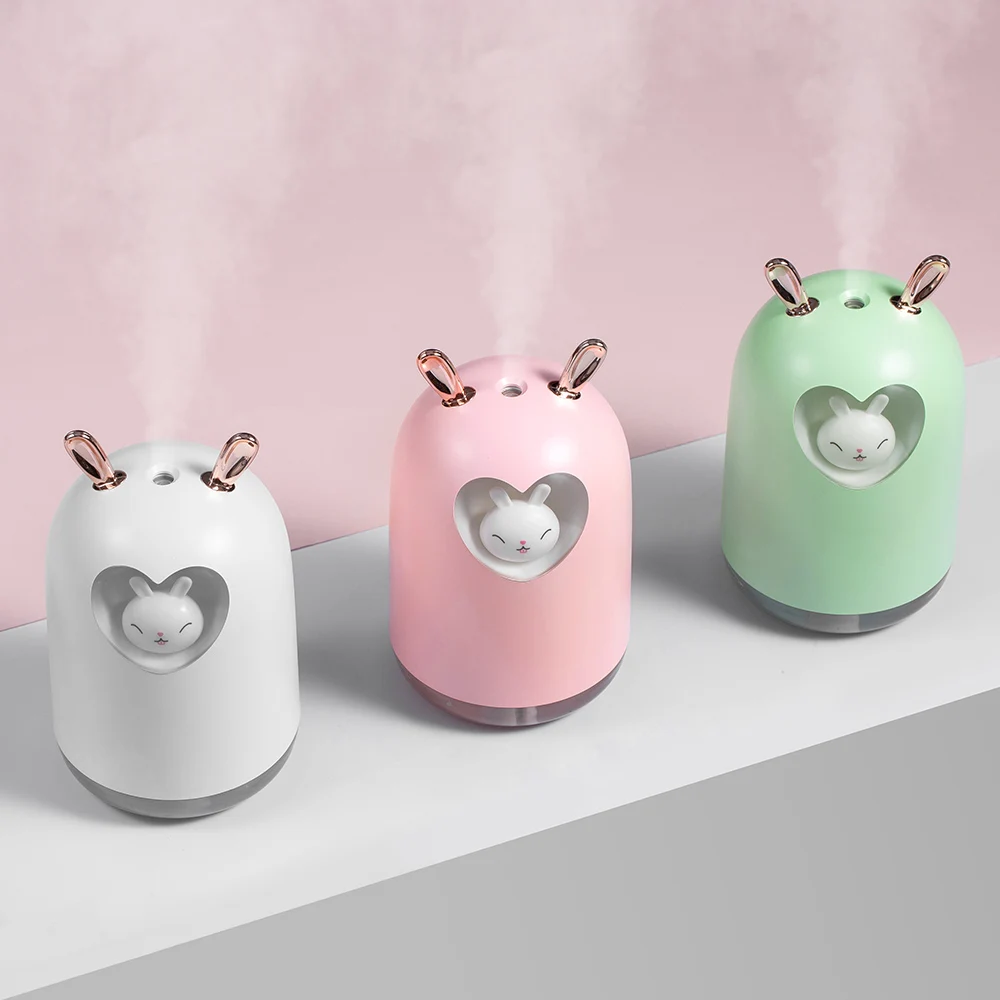
VI. Conclusion: Choosing the Right Solution for Your Dusty Environment
In dusty environments, both humidifiers and air purifiers offer distinct benefits in addressing dust-related concerns. While humidifiers indirectly reduce dust by increasing moisture levels, air purifiers actively capture and eliminate airborne dust particles to improve indoor air quality.
Consider the severity of the dust issue, desired humidity levels, coexisting air quality concerns, and individual sensitivities when deciding between a humidifier and an air purifier. In some cases, using both appliances together may provide the most comprehensive solution.
Regular cleaning and maintenance of the chosen appliance(s) are crucial to ensure their ongoing effectiveness. By selecting the most suitable appliance(s) and implementing proper maintenance practices, you can create a cleaner and healthier living environment, minimizing the impact of dust particles on respiratory health and overall well-being.
